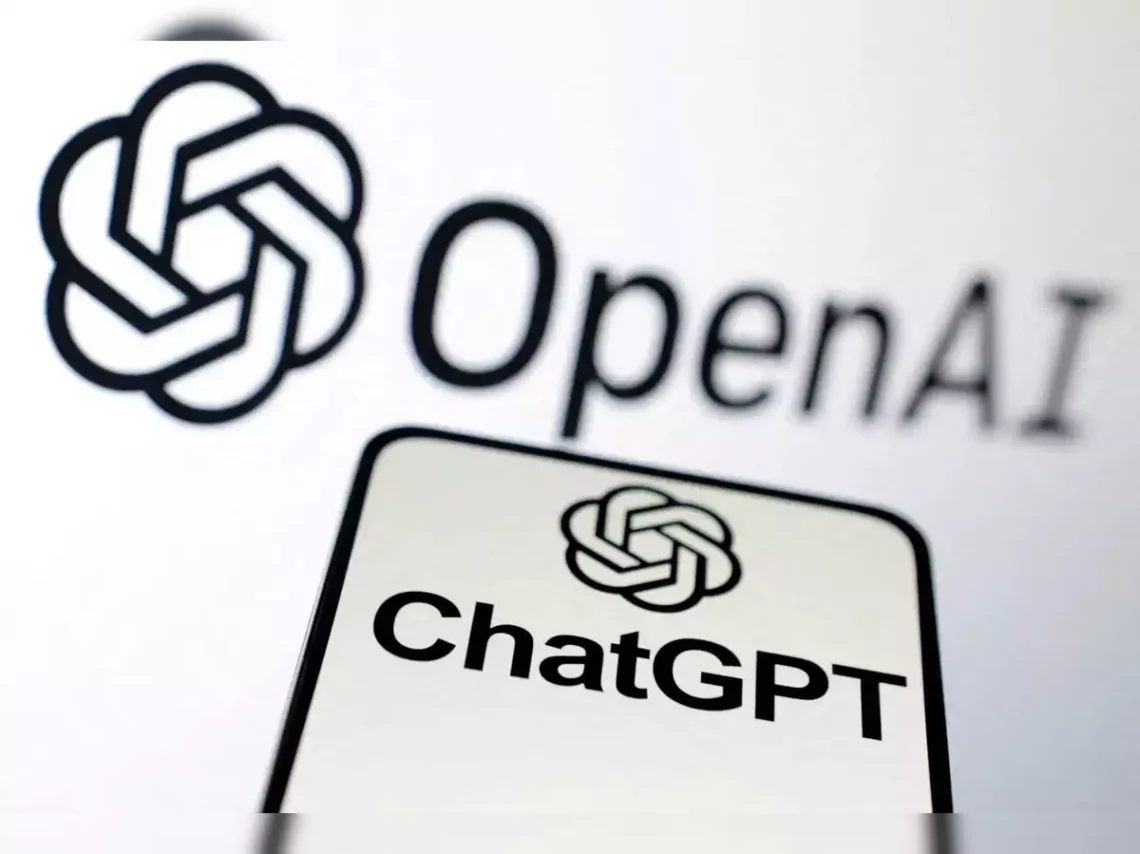So How to Rank on SearchGPT
In order to know how to rank on searchgpt you need to know that SearchGPT is an AI-driven content discovery system that powers conversational search platforms, offering users precise, dynamic answers to their queries. Unlike traditional search engines that rely heavily on keyword-based algorithms, SearchGPT evaluates content based on its relevance, clarity, and utility to a specific user query.
Whether you’re a content creator, a business owner, or a digital marketer, ranking on SearchGPT can dramatically boost your visibility and engagement. Here’s how to optimize your content to rank effectively.
-
Understand SearchGPT’s Core Principles
SearchGPT leverages natural language processing (NLP) and deep learning models to analyze user input. Here’s what it prioritizes:
- Contextual Relevance: Content that answers the exact query with detailed, well-structured information.
- Clarity: Simple, concise, and well-organized content performs better.
- Authority: Content backed by credible sources, real-world expertise, and accurate data.
- Engagement: Content that keeps users reading or interacting.
Before optimizing for SearchGPT, ensure your content aligns with these principles.
-
Target Conversational Queries
Users interacting with SearchGPT often phrase their queries conversationally. To rank higher:
- Focus on long-tail keywords that mimic natural language (e.g., “How to cook shrimp pasta” vs. “shrimp pasta recipe”).
- Use question-based phrases, like “What is,” “How to,” or “Why does.”
- Anticipate follow-up questions and create content that addresses related queries within the same article or page.
Example:
If your topic is “Digital Marketing for Real Estate,” address:
- “What is digital marketing?”
- “How to generate real estate leads online?”
- “Which platforms are best for real estate advertising?”
-
Structure Content for Easy Retrieval
Also to know how to rank on SearchGPT you must know that SearchGPT excels in breaking down structured content. To improve your rank:
- Use Headings (H1, H2, H3): Organize your content logically. Break large sections into smaller subsections.
- Lists and Bullet Points: Provide key information in list formats for easier digestion.
- Tables: Use tables for comparative data or statistics.
- Summary Boxes: Create concise summaries of your main points at the beginning or end of the content.
-
Optimize for SearchGPT-Specific Ranking Factors
While SearchGPT is similar to traditional search engines, it places more weight on these factors:
- Content Depth: Aim for comprehensive content (1,500+ words) that covers a topic from multiple angles.
- User Intent Matching: Understand what the user really wants—whether informational, transactional, or navigational content—and deliver it.
- Multimedia Integration: Use images, infographics, and videos to enhance the text, but ensure these have descriptive captions and alt tags.
-
Enhance Content with AI-Friendly Features
To stand out, make your content AI-ready:
- FAQs: Include a section of frequently asked questions at the bottom of your content.
- Snippet Optimization: Structure your opening paragraph as a direct answer to the query for featured snippets.
- Semantic Keywords: Use related terms and phrases naturally throughout the content to show depth and breadth of knowledge.
-
Leverage Internal and External Links
SearchGPT values interconnected and well-referenced content.
- Internal Linking: Link to other pages on your site to help users explore related content.
- External Linking: Cite credible sources and include outbound links to authoritative sites.
-
Focus on Engagement Metrics
SearchGPT analyzes user engagement to determine ranking. To boost these metrics:
- Answer Directly: Start with a clear, concise answer to the query, then expand.
- Add Value: Include actionable insights, unique perspectives, or downloadable resources.
- Call to Action (CTA): Encourage users to ask follow-up questions, explore additional resources, or leave comments.
-
Update Content Regularly
Fresh content ranks better. Regular updates signal to AI models that your information is current and reliable. Strategies include:
- Refreshing old articles with new statistics or insights.
- Adding new subtopics based on trending queries.
- Rewriting outdated sections.
-
Prioritize Content Accessibility
Ensure your content is easy to access and understand:
- Use mobile-friendly layouts and responsive design.
- Optimize page load speed.
- Use simple language that caters to a broad audience.
-
Measure and Refine Your Strategy
Track performance and refine your approach:
- Use analytics tools to monitor page views, time on page, and bounce rates.
- Adjust based on what resonates with your audience and aligns with their search habits.
- Conduct keyword research and analyze query trends to stay ahead.
Ranking on SearchGPT requires more than traditional SEO tactics—it demands content that resonates with users and aligns with AI’s conversational, context-driven analysis. By focusing on relevance, depth, structure, and user engagement, you can position your content to rank higher and achieve greater visibility.
Stay updated on evolving AI trends and continuously adapt your strategy to maintain an edge. Success on platforms like SearchGPT starts with putting user value first.




No Comments